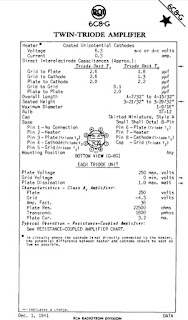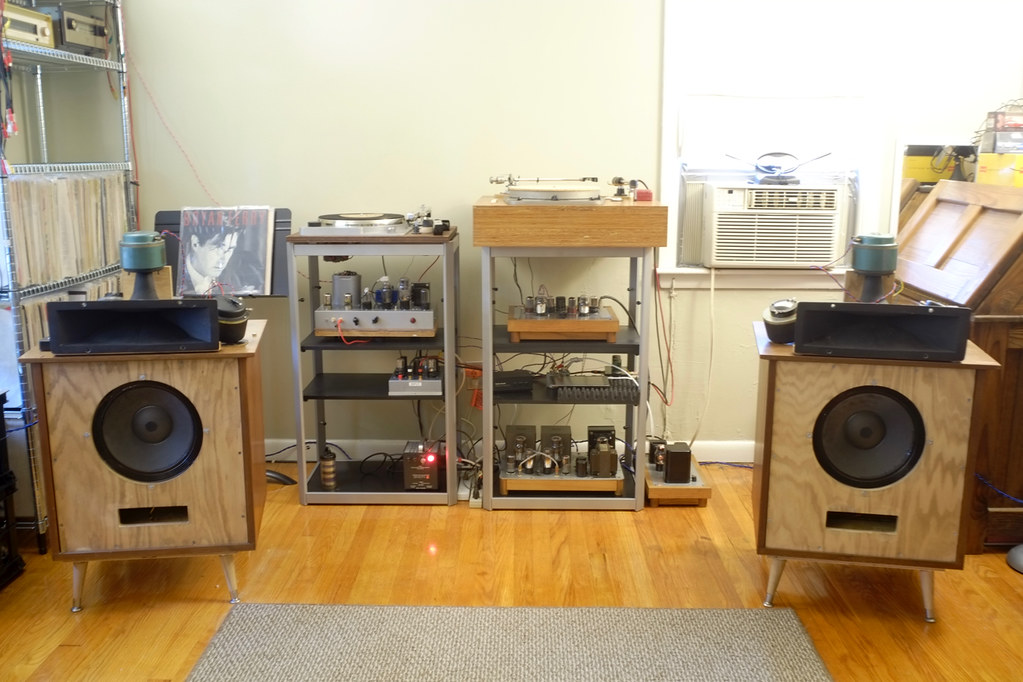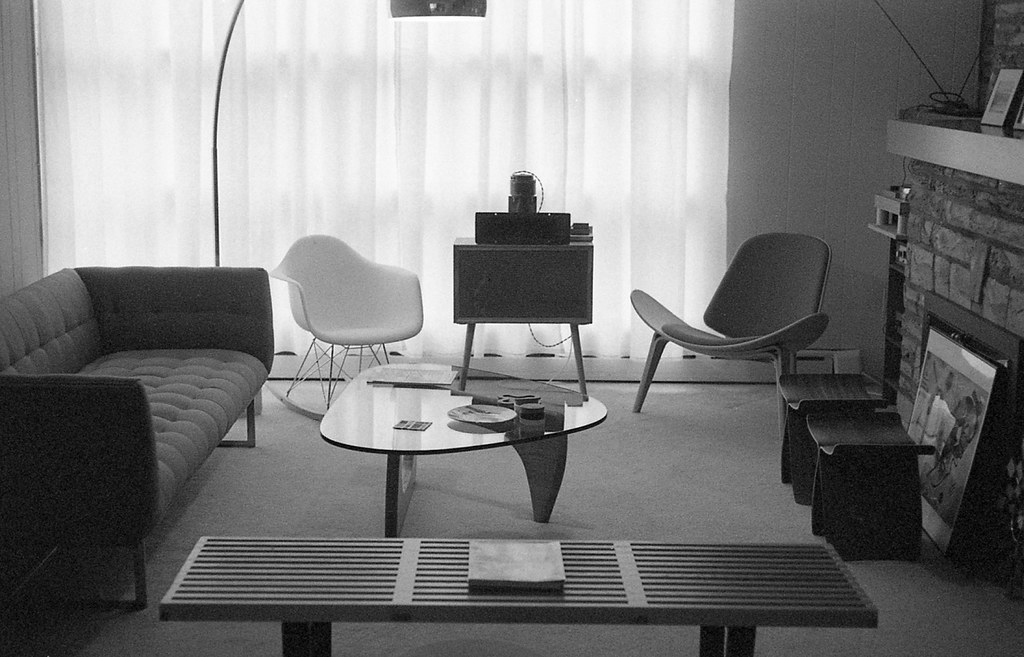 |
| Picture of me and my Mom taken by my Dad |
My beloved Mom would've turned 87 today.

She was a very loving, dedicated and supportive wife, mom, and grandmother!
Mommy with her youngest grandchild
Mommy completed a Bachelor of Science Degree in Education, major in Math.
She also loved music and played the piano.
While teaching high school mathematics, Mom took music courses that would lead towards an Associate's Degree in Music Education. Meanwhile,
Dad had just returned to Manila from post-graduate studies at The Juilliard School and got appointed as a faculty member at the same music school where my mom enrolled.
That was the beginning of their beautiful and idyllic love story!
That's me, the first of four brats!
Our Family, early 80s
Dad and Mom's 25th Anniversary
December 1983
Mom and Dad's 50th
wedding anniversary, 2008
Mom and Dad, Feb. 8, 2014
Mom's 80th birthday

Dad and Mom's 56th
wedding anniversary, 2014
 |
Mom
May 2015 |
 |
Mom and Dad's 58th
wedding anniversary, 2016 |
 |
Christmas 2016 was the last time the family was together.
Tish and I flew back to the USA on January 23, 2017. |
Sadly,
Daddy left us on May 23, 2017.
Mommy joined Daddy on January 23, 2021.
We sorely miss you, Daddy and Mommy, but we're very happy you're together again!




















































